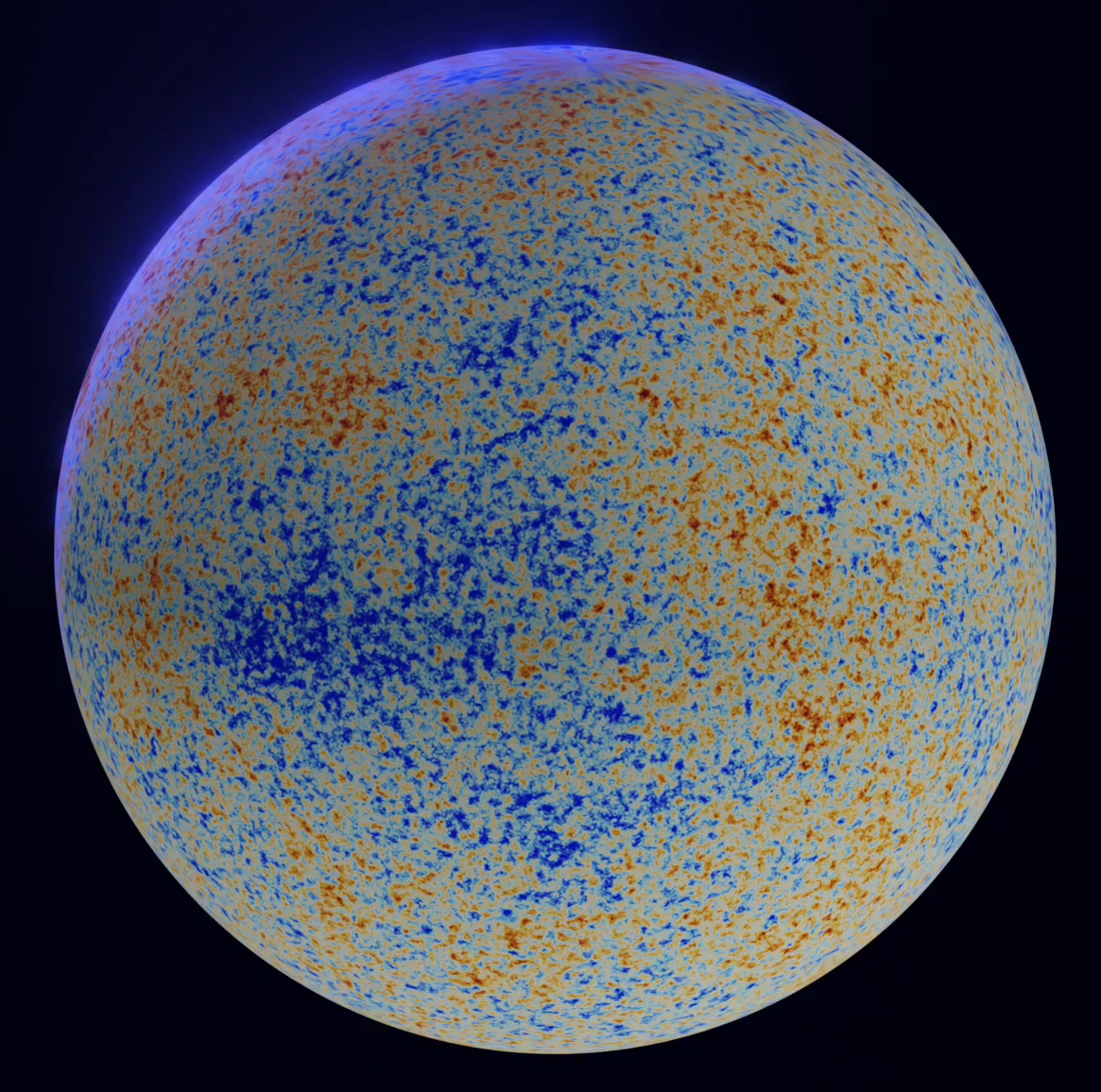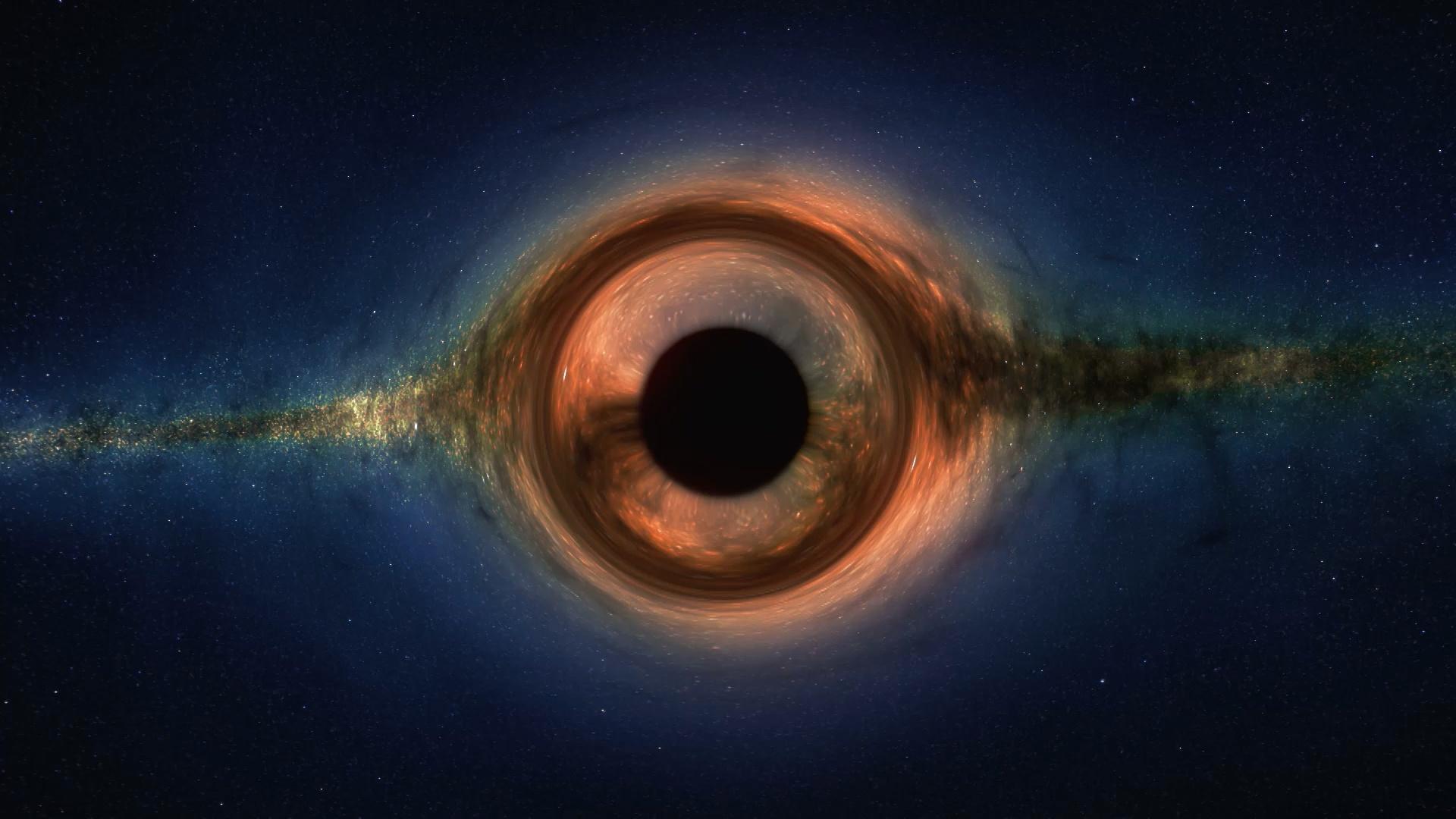Background

I completed my Ph.D. in 2017 under the supervision of Graciela Gelmini in the TEPAPP group (Theory of Elementary Particles, Astroparticle Physics, and Phenomenology) at the University of California Los Angeles. I spent the following three years working as a post doc (first employed in the Elusives Marie Curie ITN, and later under Juan de la Cierva Formacion fellowship) in the Instituto de Fìsica Corpuscular at the University of Valencia, Spain. Since October 2020, I have been working at the GRAPPA (GRavitation AstroParticle Physics Amsterdam) Institute in the University of Amsterdam. Throughtout this period I have worked on a wide array of subjects spanning the intersection of particle physics, cosmology, and astrophysics.
Research

My research is predominantely focused on understanding the effects and origin of dark matter, although I also work on various topics related to neutrino physics (see my InspireHEP profile for a list of publications). Over the years I have studied a number of different dark matter candidates, including WIMPs, primordial black holes, axions, and ultralight dark photons. These days, I'm working largely on interesting astrophysical and cosmological consequences of low mass and weakly coupled dark matter candidates. Examples of various ideas I'm currently thinking about (and actively working on) include, but are not limited to:
Axion Conversion in the Magnetospheres of Neutron Stars Axions, originally introduced to solve the so-called strong-CP problem, are among the most well-motivated dark matter candidates today. These particles may convert into photons in the presence of a strong magnetic field, with the conversion probability being directly dependent on the strength of the ambient field. Various groups have proposed searching for these particles using the largest magnetic fields known in the Universe -- those found in the magnetospheres of neutron stars. Axions falling through the magnetospheres may convert into radio photons with ~GHz frequencies, resulting in a very narrow radio line that could be identified with existing telescopes. While this search strategy offers much promise, there are large uncertainties associated with both the conversion process itself and in the subsequent propogation of the low energy photons. I have been working with my group in GRAPPA (and a few affiliate members) to address the later of these problems; specifically, we have developed ray-tracing algorithims to track the propogation and evolution of these photons with the goal of identifying both the inhomogeneity of the signal and the dispersion of the radio line induced from the complex propogation of the radio photons (example is illustrated in above image).
Quenching Mechanisms of Black Hole Superradiance Ultralight bosons can form exponentially growing clouds around rapidly rotating black holes, with particle production generated at the expense of the black hole spin. In the event that these ultralight bosons are truly non-interacting in the strictest sense of the word, these black holes will spin down until the superradiance is saturated (typically occuring after order 10% of the spin has been extracted), potentially generating observable signagures in gravitational wave observabtories. Particles which have interactions, however, may quench the growth of the superradiant cloud long before the black spin has been altered -- even in the event that the interactions are extremely weak. In this case, alternative model-dependent signatures may arise that could allow for the identification of these new exotic particles. As an example, consider an axion-like particle, which couples in the conventional manner to electromagnetism. This coupling can induce a resonant decay of the axion cloud which generates a massive flux of ultralight photons. These photons can escape the pull of the black hole and propogating into the surrounding medium -- not for long, however, as their mean free paths are extremely short. If a sufficiently large amount of energy is injected in these photons, they may generate a shock wave that sweeps through the intergalactic medium, heating and ionizing the medium to comoving distances potentially as large as a Mpc. This may yield observable signatures is the cosmic microwave background.
Cosmological Implications of the Majoron The majoron is a hypothetical neutrino-philic boson that may arise in conventional neutrino mass models; more speficially, it is the pseudo-goldstone boson arising from the spontaneous breaking of a global B-L symmetry. This particle is notoriously difficult to probe, due to the extrodrinarily weak couplings and the neutrino-philic nature. A good collaborator (Miguel Escudero) and myself have recently been looking into the extent to which the cosmic microwave background can be used to probe the existence of ~eV scale majorons, due to the fact that the inverse decays of neutrinos can generate a sizeable majoron population near the time of recombination. Should this occur, the interactions between these particles can damp neutrino free streaming and leave a discernable phase shift in the CMB power spectrum. Interestingly, together with an additional contribution to the number of relativistic degrees of freedom (which could plasuibly arise from a primoridal majoron population generated shortly after low-scale leptogensis), we have shown such models can significantly raise the cosmologically inferred value of H0, potentially helping resolve the largest outstanding problem in cosmology today.
Personal

Under construction.
Contact
The best way to get in touch with me is via email at s.j.witte@uva.nl
Elements
Text
This is bold and this is strong. This is italic and this is emphasized.
This is superscript text and this is subscript text.
This is underlined and this is code: for (;;) { ... }. Finally, this is a link.
Heading Level 2
Heading Level 3
Heading Level 4
Heading Level 5
Heading Level 6
Blockquote
Fringilla nisl. Donec accumsan interdum nisi, quis tincidunt felis sagittis eget tempus euismod. Vestibulum ante ipsum primis in faucibus vestibulum. Blandit adipiscing eu felis iaculis volutpat ac adipiscing accumsan faucibus. Vestibulum ante ipsum primis in faucibus lorem ipsum dolor sit amet nullam adipiscing eu felis.
Preformatted
i = 0;
while (!deck.isInOrder()) {
print 'Iteration ' + i;
deck.shuffle();
i++;
}
print 'It took ' + i + ' iterations to sort the deck.';
Lists
Unordered
- Dolor pulvinar etiam.
- Sagittis adipiscing.
- Felis enim feugiat.
Alternate
- Dolor pulvinar etiam.
- Sagittis adipiscing.
- Felis enim feugiat.
Ordered
- Dolor pulvinar etiam.
- Etiam vel felis viverra.
- Felis enim feugiat.
- Dolor pulvinar etiam.
- Etiam vel felis lorem.
- Felis enim et feugiat.
Icons
Actions
Table
Default
| Name |
Description |
Price |
| Item One |
Ante turpis integer aliquet porttitor. |
29.99 |
| Item Two |
Vis ac commodo adipiscing arcu aliquet. |
19.99 |
| Item Three |
Morbi faucibus arcu accumsan lorem. |
29.99 |
| Item Four |
Vitae integer tempus condimentum. |
19.99 |
| Item Five |
Ante turpis integer aliquet porttitor. |
29.99 |
|
100.00 |
Alternate
| Name |
Description |
Price |
| Item One |
Ante turpis integer aliquet porttitor. |
29.99 |
| Item Two |
Vis ac commodo adipiscing arcu aliquet. |
19.99 |
| Item Three |
Morbi faucibus arcu accumsan lorem. |
29.99 |
| Item Four |
Vitae integer tempus condimentum. |
19.99 |
| Item Five |
Ante turpis integer aliquet porttitor. |
29.99 |
|
100.00 |


